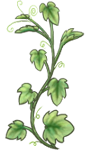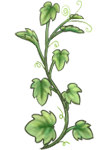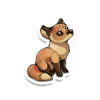Top Center Sketch
- Back fin is flexible (some other back mutations are not but can be worked around where saddles are concerned)
- Noses are slightly bill-like
- There is a slight throat bump on their neck just under their heads
- Their forefeet have only 3 toes
- Their forefeet are slightly webbed
- They have loooong foreleggies
- Their hindfeet have four toes
- Their hindfeet are webbed and very froggy
- Both fore and hind feets have stubby claws at the end of their toes
- Their hind legs are very powerful
- They all have long, whippy tails
I came up with some saddle options too, in case anyone wanted to write a story about riding their dracones.
Some things to keep in mind, though, that I didn't add to the sketch are that dracones are intelligent creatures. You wouldn't use reins but talk together instead. Also, a dracone's skin is frog-like, which is to say, it should remain damp and they partially breathe through it like other amphibians.
Bottom Right Sketch
Human Made Saddle Option
- First a damp net fastened around the dracone's neck,
torso and tail for security
- Fastened to that is a thin, damp, plastic or rubber sheet
- On top is a thick, woolen pad for the rider to sit on, only
big enough for the rider in order to leave as much of the
skin free to breathe as possible
Bottom Left Sketch
Natural Saddle Option
- First is a thin layer of mud smeared all over their back,
nice and damp to keep the skin the same
- Next is a thick pad of damp moss which is able to stay
damp for a longer period and thus keep the dracone's skin
from growing dry and agitated
- And finally a later of dry leaves. These allow a lot of air
through so the dracone's skin can still 'breath' while also
being a dry seat for their rider








